Some practical hints.
Every year, a couple of months before Christmas, I invite a few friends to select a couple of prints from a small web presentation, asking that they elect 13″ x 19″ or, now that I have the HP DJ90, 18″ x 24″.
So as this year’s print ‘orders’ came in, I thought it might be instructive to share my technique with readers. Those who see obvious errors are encouraged to set me on the straight and narrow and those contemplating the self-abuse that is print mounting might like to see what they are letting themselves in for.
First, I should point out that I do not accept the apologia proferred by many for ‘hinge mounting’ where a print is held to a backing board with a few pieces of tape at the top in the purported interest of archival permanence. The moment the humidity changes, the print cockles and you have a throw away print. It’s just another excuse to cut corners masquerading as technique. Don’t believe them when they tell you ‘curators insist on this’. Sheer Rot. I have prints which I dry mounted thirty years ago (using a domestic iron, no less), before we knew about acid free this and pH neutral that, and they remain perfect and unfaded. So when people tell you dry mounting is no friend of permanence, look elsewhere.
Key dimensions:
I typically mount both 13″ x 19″ and 18″ x 24″ prints on 22″ x 28″ boards. The HP DJ90 and 130 leave a 1/4″ border top, left (long side) and right (long side), with a bottom border of 9/16″ (short side). For the HP Designjet 90/130, after allowing another 1/8″ for safety,the mat openings are as follows:
- 13″ x 19″: Opening is 12 3/8″ x 18 1/16″
- 18″ x 24″: Opening is 17 3/8″ x 23 1/16″
These openings will leave 1/16th of an inch of printed image to work with on all sides, for alignment purposes. Matboard & more will custom cut these for you. Stock mats which come with 12 1/2″ x 18 1/2″ and with 17 1/2″ x 23 1/2″ openings will not work, leaving white borders on the matted print.
Archival issues:
My goal is a print which will outlive me and here’s what is involved:
1 – A printer with fade free inks. The DJ90 uses dyes, others use pigments. Both are great. Most modern ink jet printing inks are fade free. Look for them when making your printer selection. Older designs will fade in as little as a year in bright light.
2 – Cotton gloves. Yes, I do advocate delegating the drudge of routine printing – meaning anything under 8″ x 10″ – but when it comes to show prints I am not about to let the clerk at the framing store, who has just feasted on a Big Mac, cheese and fries, get his hands on my print. Grease is the last thing I need. Not to mention that ten of these will pay for that overpriced Seal press. The cotton gloves are used from the moment the printing paper is removed from the box all the way through final placement of the mounted print in a protective glassine bag for shipping. Cheap insurance.
3 – Acid free mounting board. I use the 3/16″ thickness – it costs little more than the 1/8″ and is more robust.
4 – Acid free mats cut by Redimat. Their machine cutter is incredibly accurate. As Apple’s Aperture leaves a 1/2″ border around the print with the DJ90, my 18″ x 24″ prints get a 16 7/8″ x 22 7/8″ cut out, while the 13″ x 19″ ones use 11 7/8″ x 17 7/8″. That way I have 1/8″ to play with when positioning the print on the mounting board. Color? Anything your heart desires. I mostly use black. Simple. No distractions.
5 – Seal Bienfang RC Colormount tissue. This seals at 185F and is intended for RC paper. Its low sealing temperature is ideal for ink jet prints. Go much over 210F and these start to fry.
6 – A Seal mounting press.
7 – A Seal tacking iron to tack the mounting tissue to the print and the print + tissue to the mounting board.
8 – 3M two-sided adhesive tape to attach the mat to the mounted print.
9 – Release paper for tacking and heating in the press
10 – Bert the Border Terrier to keep me company. These are very hard to find and, in my opinion, essential.
Strict cleanliness throughout this process is key. Any dirt or grit and your print is shot.
The tissue is precut using a sharp knife and a granite counter.
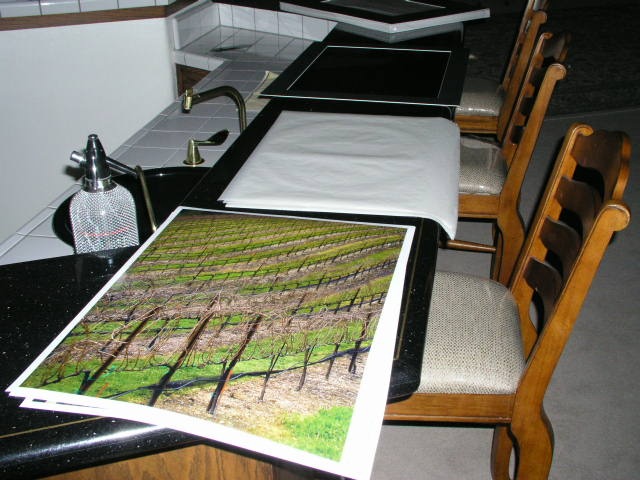
The Seal tacking iron, set just below ‘Med’ and no higher, is warmed up.
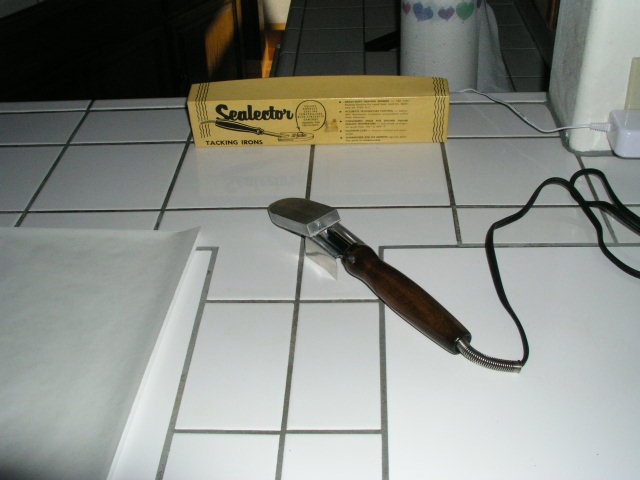
Using a small piece of release paper betweeen the mounting tissue and the back of the print, the tissue is tacked to the print – count for 10 seconds – remember those darkroom days? “Elephant One, Elephant Two, Elephant Three….”
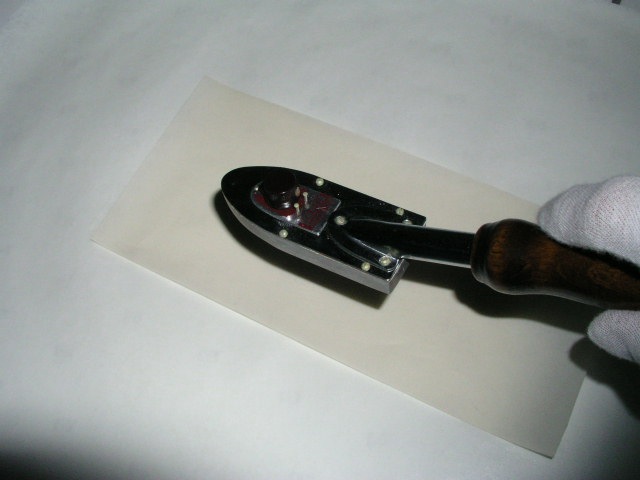
Hold the tacked part down for a couple of seconds to cool.
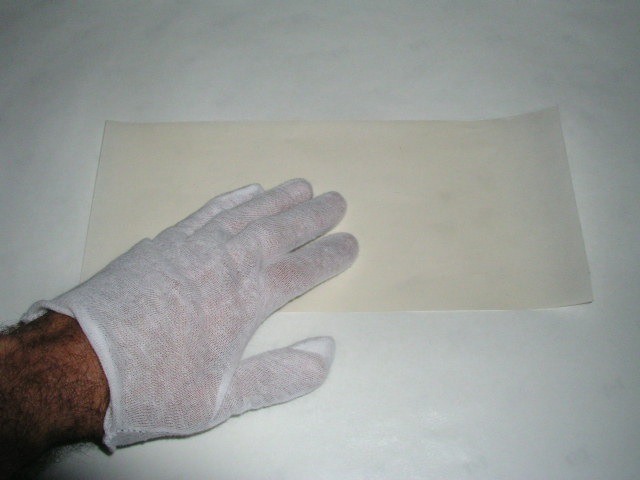
Get one mounting board and one mat – the latter will be used as a positioning template.
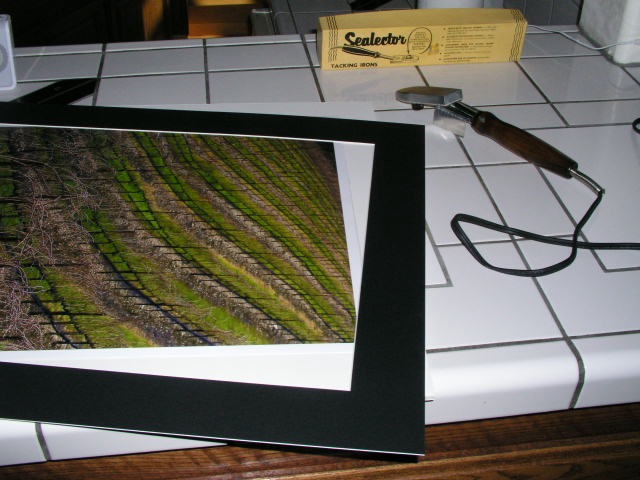
Having positioned the print + tissue on the board using the mat (the mounting board and mat must have identical outside dimensions), tack the print to the board, protecting the print with the release paper:
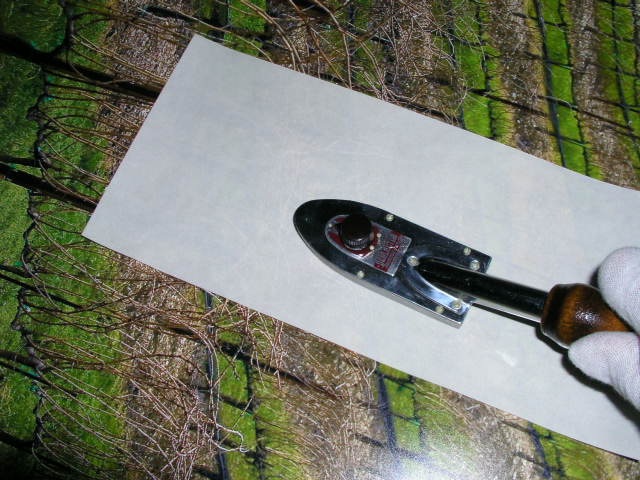
Once more, hold the heated area for a few seconds to ensure a good ‘tack’.
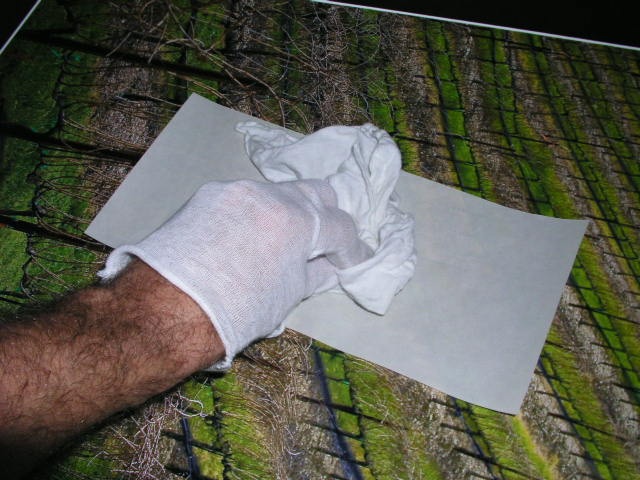
The print is now tacked to the board.
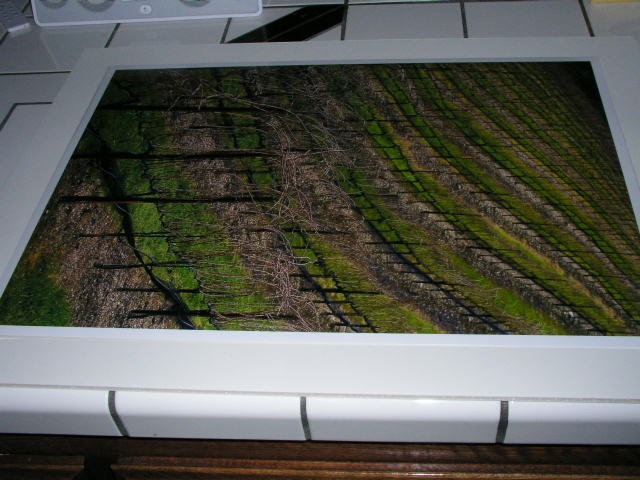
Heat the press to 170F.
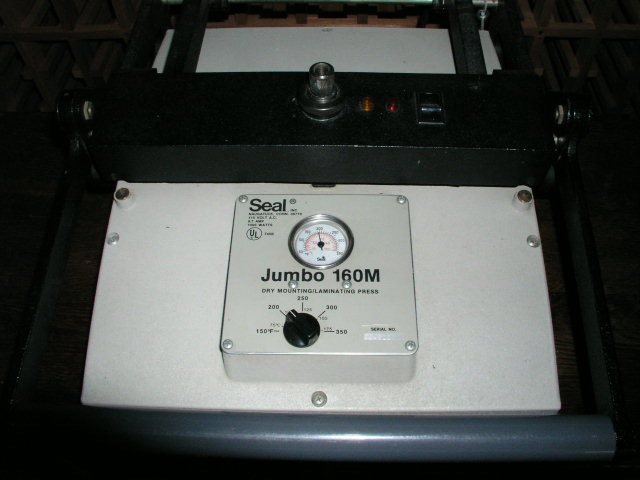
Place the print + board in a folded over piece of release paper.
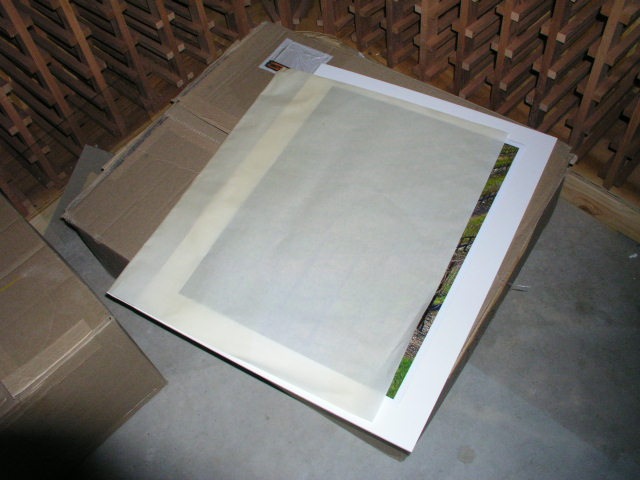
The press must be adjusted so that reasonable hand pressure on the lever closes it. Too much and you will have creases in any print that needs multiple passes. In my press, an 18″ x 24″ print needs four passes. This is where you put the Border Terrier in play.
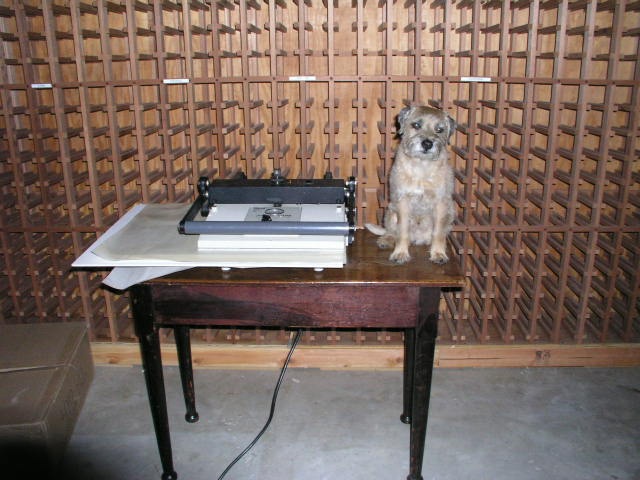
The red light indicates the press is on, and the orange light to the left will extinguish once the set temperature is reached. Once the orange light goes off you are at the set temperature. I do not bother to preheat the print or board to get rid of moisture as both are stored in a dry, heated home.
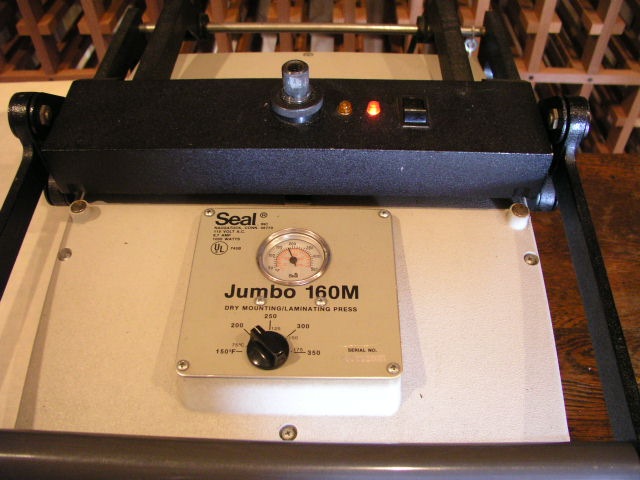
Each heating cycle must be for at least 90 seconds – pull out that 60 year old Kodak analog timer, the one you can read from across the room. Overdoing it is not a problem – I sometimes let it run 4-5 minutes while I do something else, but if you are in a hurry, less than 90 seconds is a no-no.
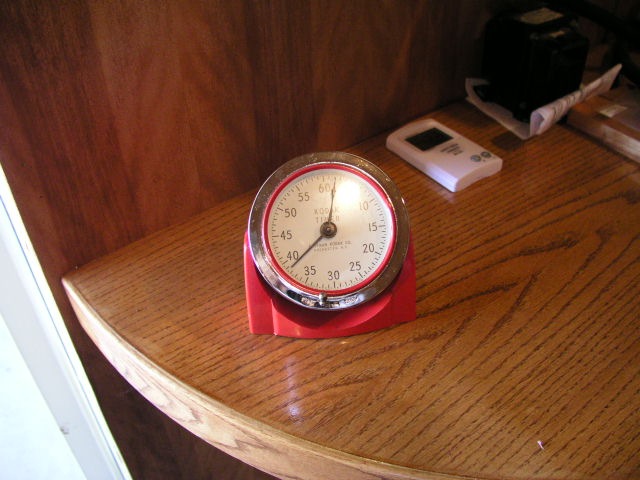
My press makes its home in the wine cellar, but yours does not have to.
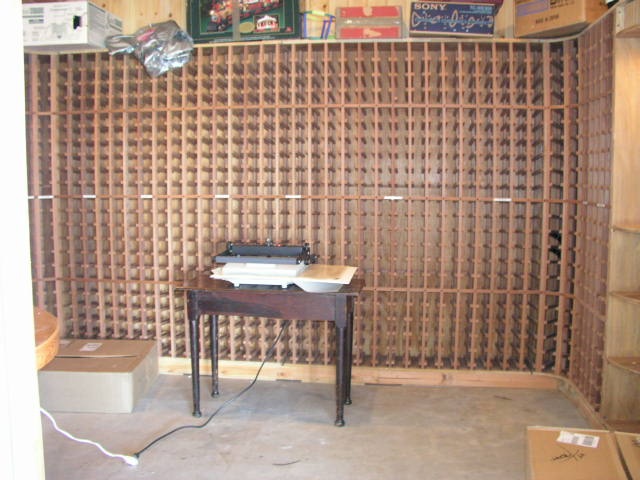
Once the heating process is complete, pull out the Scotch 3M double sided tape dispenser. Do not economize by using something cheap.
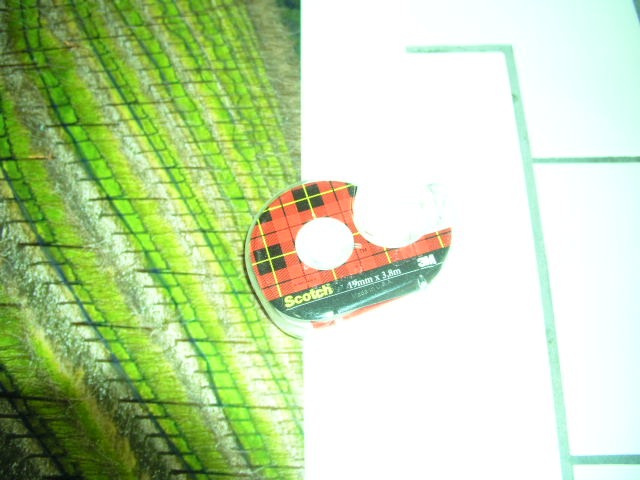
Place two inch strips in the center of the board on all four sides of the print between the print edge and board edge. Now place the mat on the print, aligned edge to edge, and press down on these four points. The goal is to lightly glue the mat to the board – the framing process will ensure the two stay together.
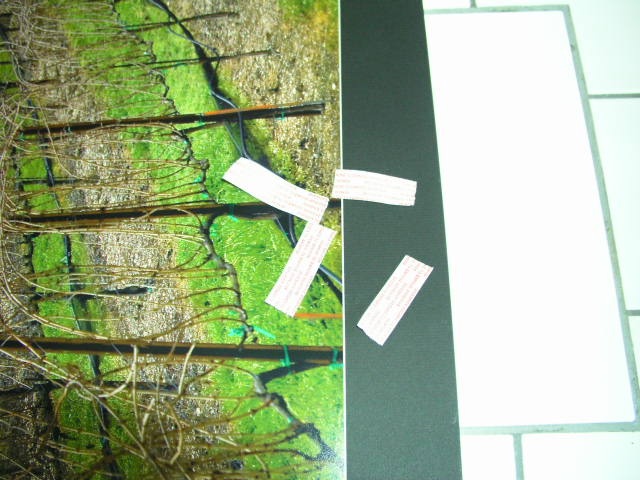
Do yourself justice – sign the bloody thing. Wilting violets …. wilt. I use a white ink pen from the art store.
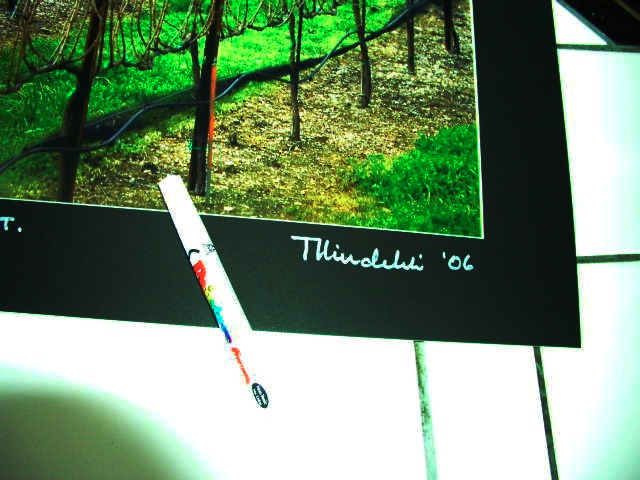
Sticking with the cotton gloves, insert the ‘sandwich’ into an acid free, sealable, glassine sleeve for storage and transit.
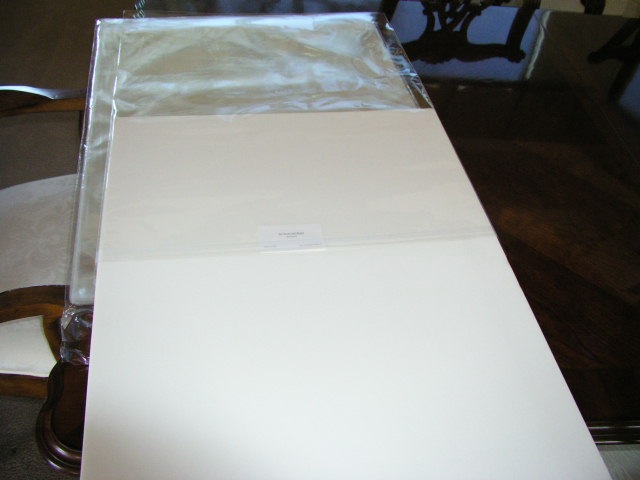
Stand back and admire your work.
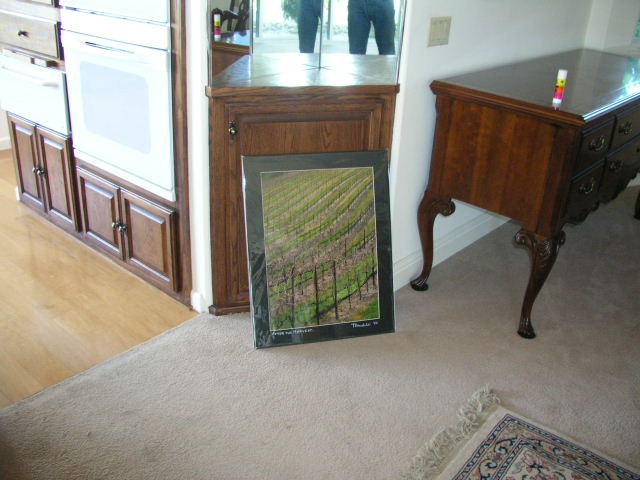
Finally, pray the post office does not bend your prints in transit.
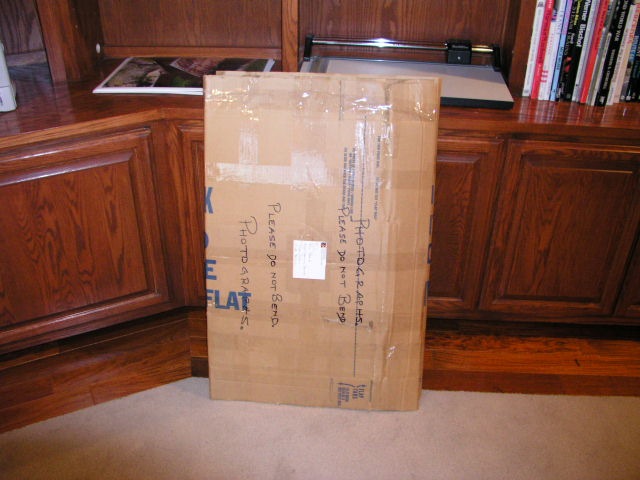
Framing is addressed here.